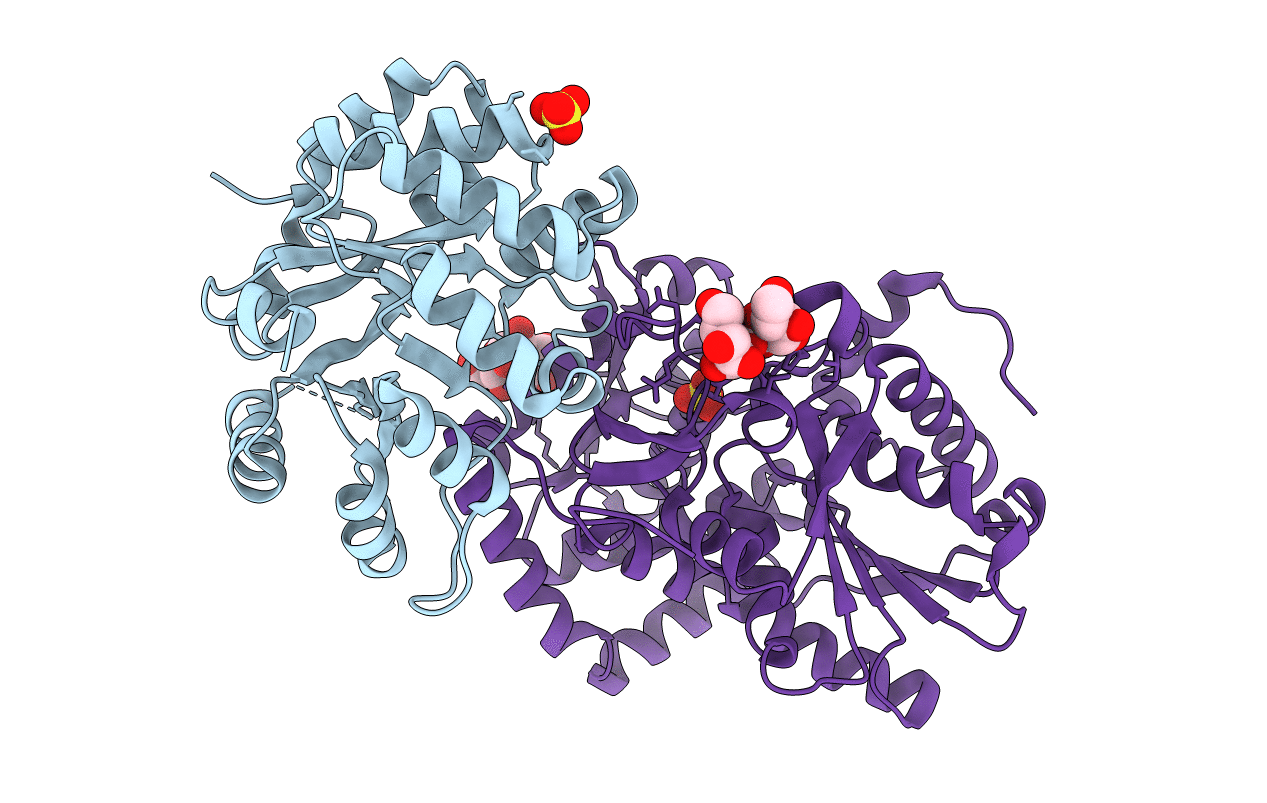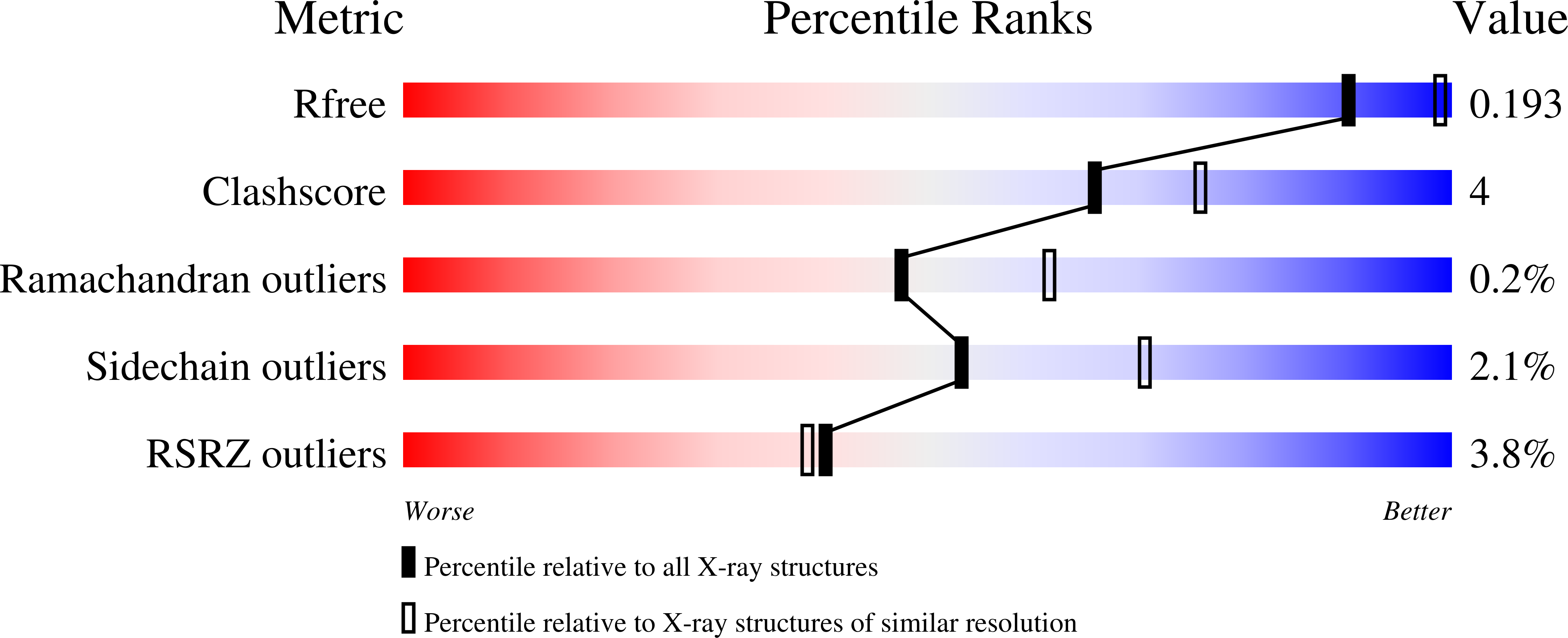
Deposition Date
2019-12-10
Release Date
2020-12-16
Last Version Date
2023-11-15
Entry Detail
PDB ID:
6V82
Keywords:
Title:
Crystal structure of tryptophan synthase from Chlamydia trachomatis D/UW-3/CX
Biological Source:
Source Organism:
Chlamydia trachomatis (strain D/UW-3/Cx) (Taxon ID: 272561)
Host Organism:
Method Details:
Experimental Method:
Resolution:
2.42 Å
R-Value Free:
0.19
R-Value Work:
0.15
R-Value Observed:
0.16
Space Group:
C 2 2 21


